The Article
6000A Integrated Amplifier From Audiolab
1st July 2019
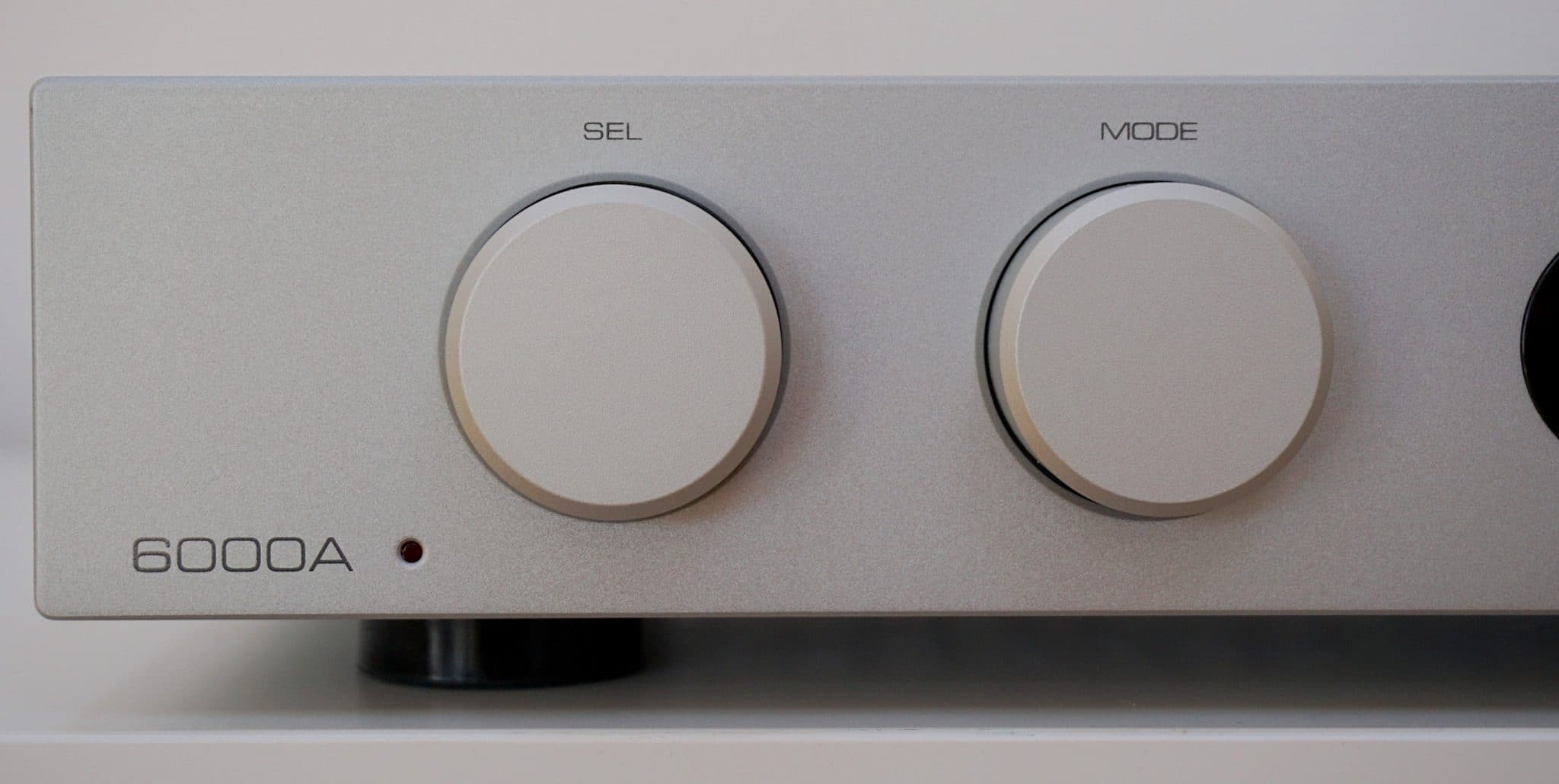
Adopting a traditional and solid form factor on the outside, Paul Rigby realises that the magic is occurring under the lid
The thing about the 6000A, when the aesthetics are considered, is that it looks like an integrated amplifier. Don’t dismiss that point. It’s actually critical to target sales. I say again, the 6000A looks like a traditional integrated amplifier. It looks safe. It looks steady and solid. It doesn’t try anything fancy. You would never accuse the chassis of ever emerging from an Italian design studio. There’s no chic fashion sense with this one. If you saw this box in the 80s, it would look rather racy, that’s for sure, but it wouldn’t look too out of place.
For some users, that is all they want. And that’s important. Weird and even slightly off-kilter designs can scare and make certain hi-fi fans feel uncomfortable. Even slightly conservative half-width amplifiers can be an issue for some.
The 6000A – at least on the outside – is the Mother’s Pride processed white loaf of amplifier design. You can see it for what it is at 30 paces. Again, I’m not damning this amp with faint praise when I say that. That’s not a bad thing. It’s a firm design choice.
Before I began the review of this box, I was comforted to know that the designer of the 6000A was also the same designer of the older 8300A. Jan Ertner took the basis of the latter to create the former which meant that hard won knowledge was now being refined and improved upon. There’s nothing worse than a single line of products that feature a host of designers who not only constantly reinvent the wheel but often make the same old mistakes over and over again (it’s happened many times in the past). Not here. So I already had a sense of confidence going into this one.
This is an amplifier but it features other components too. The ES9018 Sabre32 Reference DAC is one of those, featuring 32bit HyperStream architecture and Time Domain Jitter Eliminator. Again, this chip is not a foreign component. You’ll find it in the company’s M-DAC. Continuity again.
Connected to the DAC are the 6000A’s four digital inputs – two coaxial and two optical – which handle 24bit/192kHz. Tagged to these are user-selectable digital filters: Fast Roll-Off, Slow Roll-Off and Minimum Phase. I’ll say now that I normally hate these sort of things. Anything that takes me away from a pure, default, flat signal is an experience as near to abhorrent as I’m likely to find. That said, I’ll give them all a test in due course.
Streaming is also possible via Bluetooth (plus the now usual aptX codec).
A Class AB amplifier, that can also be used as a pre-amp and as a power amplifier too, the integrated mode of the design pumps out 50W per channel into 8 Ohms, the output stage of the discrete power amp circuits uses a CFB (Complementary Feedback) topology plus a meaty 200VA toroidal transformer followed by four 15000uF reservoir capacity (60000uF in total). The idea is to reduce the strain upon the amplifier and to maintain a sort of backup of power, ready to use.
Audiolab has included a phono stage for moving magnet phono cartridges – a JFET-based circuit with RIAA equalisation. A dedicated headphone amp with current-feedback circuitry is also included.
Spanning 445 x 65.5 x 300mm and weighing 7.8kg, the 6000A is available in a choice of silver or black.
SOUND QUALITY
I started with Mike Oldfield and his Platinum (Virgin) LP from 1979. I played Into the Wonderland, featuring vocals by Wendy Roberts. A sweet, beautifully melodic and slightly melancholic, low key ballad with a high-energy, rocking finish.
I suppose, if I were to describe the 6000A in one word, it would be confident. This amplifier is not shy, it doesn’t try to hide any aspect of its sound envelope. The 6000A will never die wondering. That is, the 6000A gives its all in the cause of making you happy.
The overall presentation from the Audiolab 6000A was balanced and balanced means you get to hear some bass. This is not always the case for mid-placed budget equipment. Bass is often sacrificed or at least trimmed to some extent. Even the best sub-£1,000 amplifiers out there love to trim bass. It’s a cost issue. That doesn’t happen with the 6000A.
The 6000A allows bass into the soundstage. That means that both the percussion and bass guitar were not only able to ground the music and stop it flapping in the wind but also offer a solid, rhythmic pace to the whole arrangement. That is, there was a sense of order here. The music flowed with an added, deeper groove. The structure was both solid and funky.
One of the persistent fears I have as a reviewer, from amplifiers designed at this price point, is frequency discipline. This is another reason that may sub-£1000 amplifiers are rather bass shy. Most of them can’t handle it. Too much of it, at any rate.
That is, there is a danger of allowing too much bass into the soundstage because it may create a warming feeling, leaking into the midrange and creating a sepia-like effect. Again, that never occurred with the 6000A. Frequency discipline was paramount so bass stayed put and never bloomed into the mids.
In fact, let’s pause for a moment here to dwell and emphasise this one feature. If I was going to pin one all-important factor for the success of the 6000A it would be tonal balance. In fact, you could ally tonal balance as being the killer feature of the 6000A. The headline. Tonal balance is the underlying strength of the 6000A. I really haven’t heard anything like it under £1,000.
The upper midrange was delightfully detailed and accurate although fragility and delicacy were not great priorities, I have to say. I never saw reverb tails of filigree lattice flowing from cymbal taps but this is a £599 amplifier we’re talking about here, not a £5,999 design. So no, don’t expect that but do expect to hear everything that a £599 amplifier can provide: complex and chaotic lead guitar with enough precision to make sense, wind instruments that feature a character and lightness of touch and a layered soundstage that revealed even shy instruments lurking at the rear of the mix.
Before I moved from vinyl, note that the built-in phono amplifier is a good one. An external model is better but the internal model will be fine for those of a budget. Buy an external model when you can, though.
I then turned to Bluetooth which I paired to my iPhone 8. Pairing is automatic. That is, you select Bluetooth as a source on the amplifier and the 6000A pops up on your Bluetooth screen on your phone. Painless and easy pairing. I played Marvin Gaye’s Mercy Mercy Me as a lossy file. Often, playing such a file in this way results in a bright and edgy play response but not here. The 6000A was able to calm any possible issues. So while the midrange was lacking insight, bass was hardly focused and treble was almost a non-entity, none of that was the 6000A’s fault. In fact, the 6000A made the best of a bad job, providing a perfectly listenable track without any nasty sonic responses. What I liked about the 6000A’s take on Bluetooth was the creation of a wide soundstage and, because lots of space was now on offer, the instrumental separation that also followed. Allowing each instrument within the mix to be presented on its own, adding to the complexity of the presentation.
Next up, I plugged in my Astell&Kern AK120 into the rear-mounted optical port and played Dire Straits’ So Far Away from their Brothers in Arms album. I liked the way the 6000A handled this 24bit/88.2kHz track because the track was mastered with excessive peak limiting creating a compressed sound. The low noise aspect of the 6000A, the balanced and controlling nature of the upper frequencies and the solid bass foundation allowed this track to be broadcast in a mature and stable fashion. To such an extent that the compressed element was no longer a real issue.
Playing the restful piano tinklings of Erik Satie at the same resolution was a relaxing and enjoyable experience. The potentially chaotic resonance of the piano was handled well by the 6000A in terms of control while the nuanced nature of the keys and pedals from the Satie piano was transcribed with both ease and insight to give the performance a sense of delicacy alongside that sense of authority.
I then took a quick listen at the range of DAC-related filters available within the unit. In the 6000A’s manual, the Phase filter is talked about as if the resultant sound resembled analogue but I had to disagree. The presentation emerged from cotton wool, sounding overly damped with a lack of precision and midrange insight.
The Slow filter reduced that effect dramatically while Fast was a default flat response. I hold my hands up here. I had to eat my words with these filters because my preference leaned towards the Slow filter which I actually found superior to Fast. The latter is supposed to be default and flat but I found Fast to be a touch edgy.
So, thumbs up to Audiolab. I never thought I would actually hear a usable filter on any piece of hi-fi equipment but, blow me down, Audiolab has created the very thing.
One important thing. Critical if you’re sound testing the 6000A and the DAC is significant to you. Make sure you properly review the amplifier with each and every filter. Cycle through each in turn and give each one time. Punching in any one of these filters will change the inherent character of the 6000A’s DAC. For example, if you talked to me about the 6000A having only listened to the Fast filter and I replied to you having only listened to the Slow filter, we’d effectively be talking about two different amps.
Hence, don’t judge the 6000A until you’ve heard all three filters. Listen to your Uncle Paul on this one.
Finally, I plugged in my reference headphones to listen to Satie via the internal headphone amplifier. While there may have been a limit on midrange extension, within the confines of the head amp’s performance envelope, the sound was admirable indeed offering plenty of refined detail on offer plus light and shade to add interest.
CONCLUSION
I listened to this amplifier for some time and realised that the basic presentation was supremely balanced in terms of how it delivered music to the ear. Some hi-fi components do one thing very well and if you’re looking at a budget component that can often be a fascinating experience because build budgets often preclude a generally good performance. The 6000A is one of those pieces of kit that does its best to do everything very well indeed.
Of course, it can’t. Not really. Money won’t let it. That doesn’t stop to trying, though.
In terms of ‘can’t’, what the 6000A doesn’t give you an extended dynamic reach. That high ceiling that higher-end amplifiers provide to allow the upper midrange to soar.
Now, some amplifiers in this price range will give you that. But then they will fall over very badly in other areas because too much emphasis has been placed upon that soaring thing for the build budget limits. So, for example, you may come across an amplifier that offers great midrange extension but the bass will be lacking. In other words, you go too far in one direction? You pay for it in another.
The 6000A doesn’t do that either. It never actually falls down. It never leaves you feeling, “Wow, it does this and this amazingly well but I wish it didn’t do that…” You won’t give that response to a 6000A listening session.
In short, the 6000A provides the perfect balance of performance to a build budget. It’s the perfect compromise. Every part of the sound envelope has been looked at and enhanced to the point when the money ran out. Then Audiolab stopped at that point.
Hence the 6000A squeezes every last penny of performance from your £599. If the designers had been told that the price was £649, they would have improved everything a bit more. For £699? Everything would have been improved a bit more still. You see? The 6000A is even handed, offers great sound and is one of the best value amplifiers on the market. If you want to hear how your money has been spent, buy a 6000A.
Bottom line? The Audiolab 6000A is better than you think.
AUDIOLAB 6000A INTEGRATED AMPLIFIER
Price £599
Website: www.audiolab.co.uk
TO BUY CLICK BELOW:
USA – https://amzn.to/383xoR3
EUROPE – https://amzn.to/3mMazW8
GOOD: confident bass, instrumental separation, upper midrange detail, balanced output
BAD: nothing
RATING: 9
[Don’t forget to check out my Facebook Group, The Audiophile Man: Hi-Fi & Music here: www.facebook.com/groups/theaudiophileman for exclusive postings, exclusive editorial and more!]
REFERENCE
Pro-Ject RPM3 Turntable
Tellurium Q & QED cabling
Blue Horizon Professional Rack System
Harmonic Resolution Systems Noise Reduction Components
All vinyl was cleaned using an Audio Desk’s Ultrasonic Pro Vinyl Cleaner


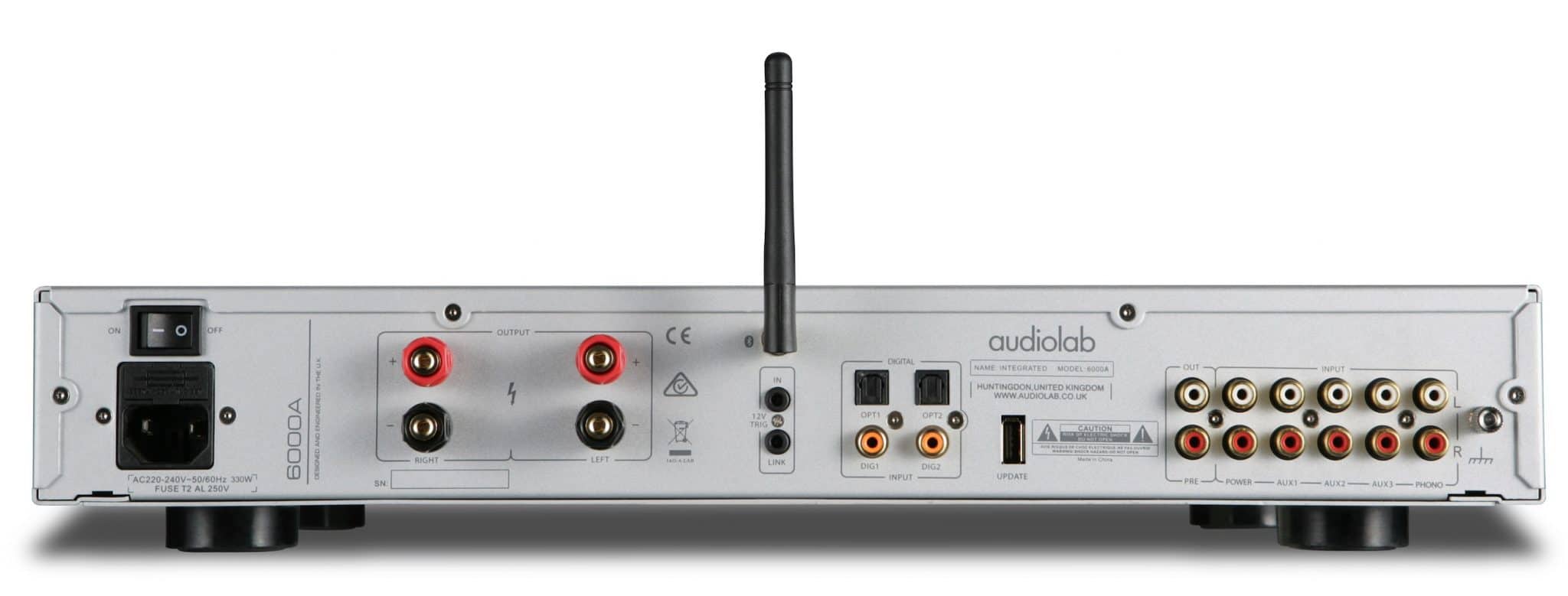
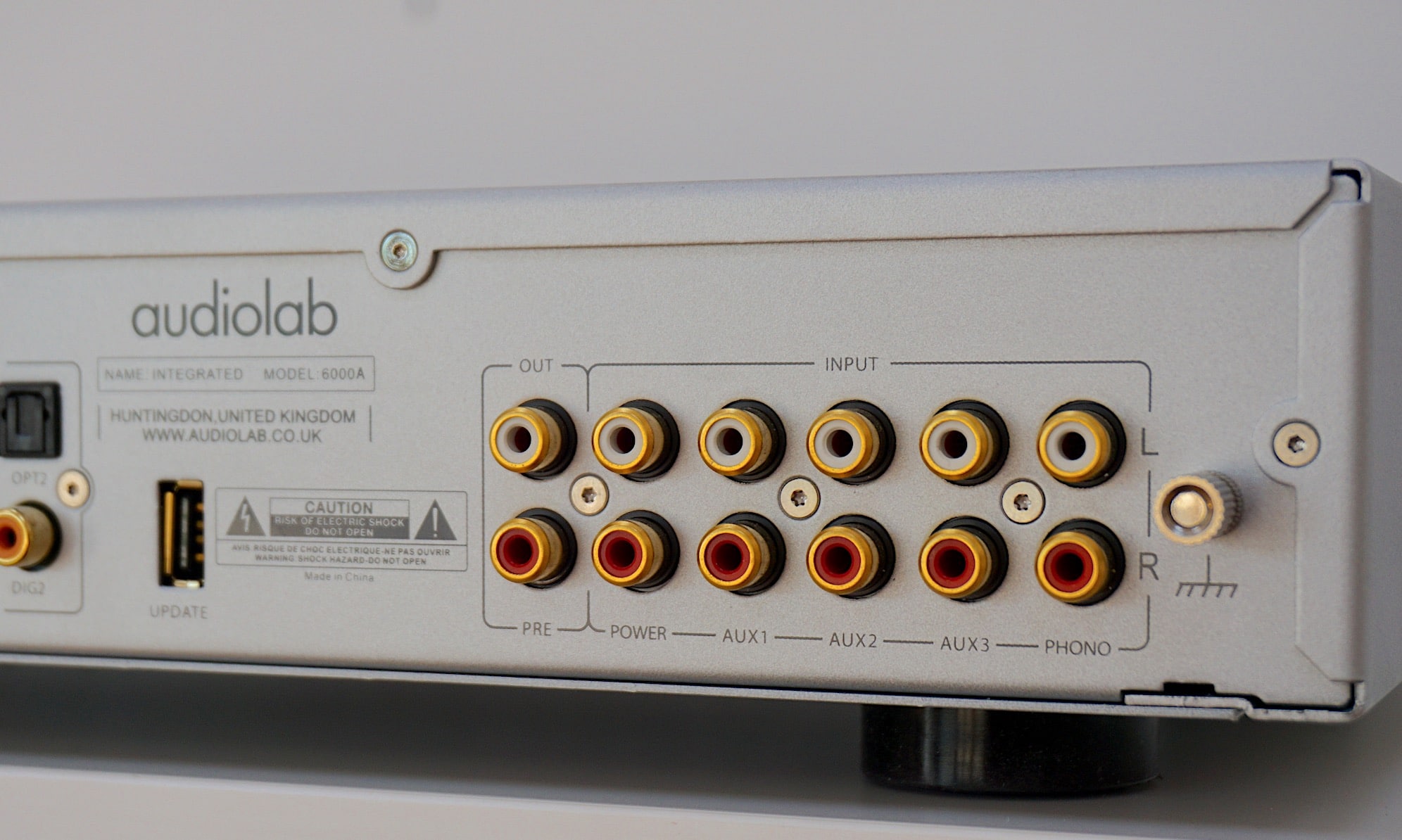
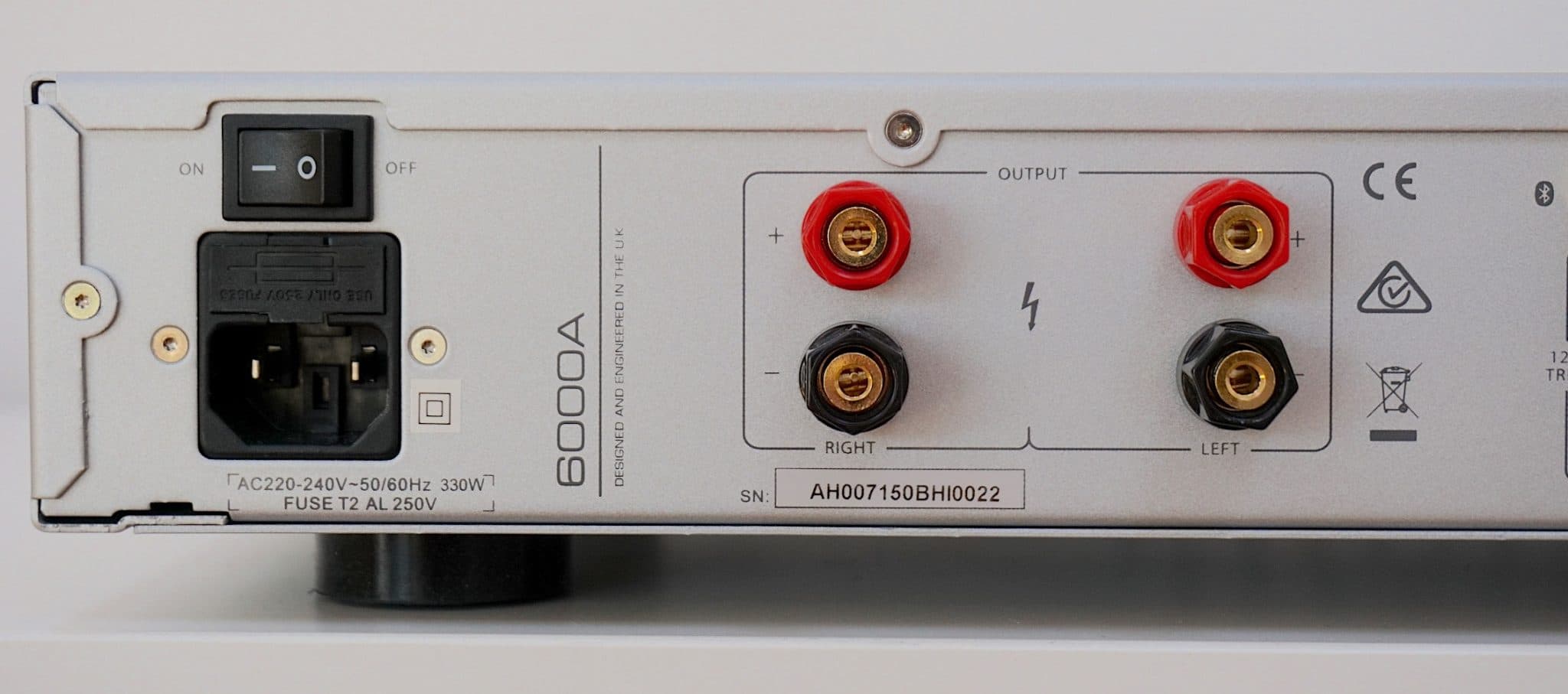
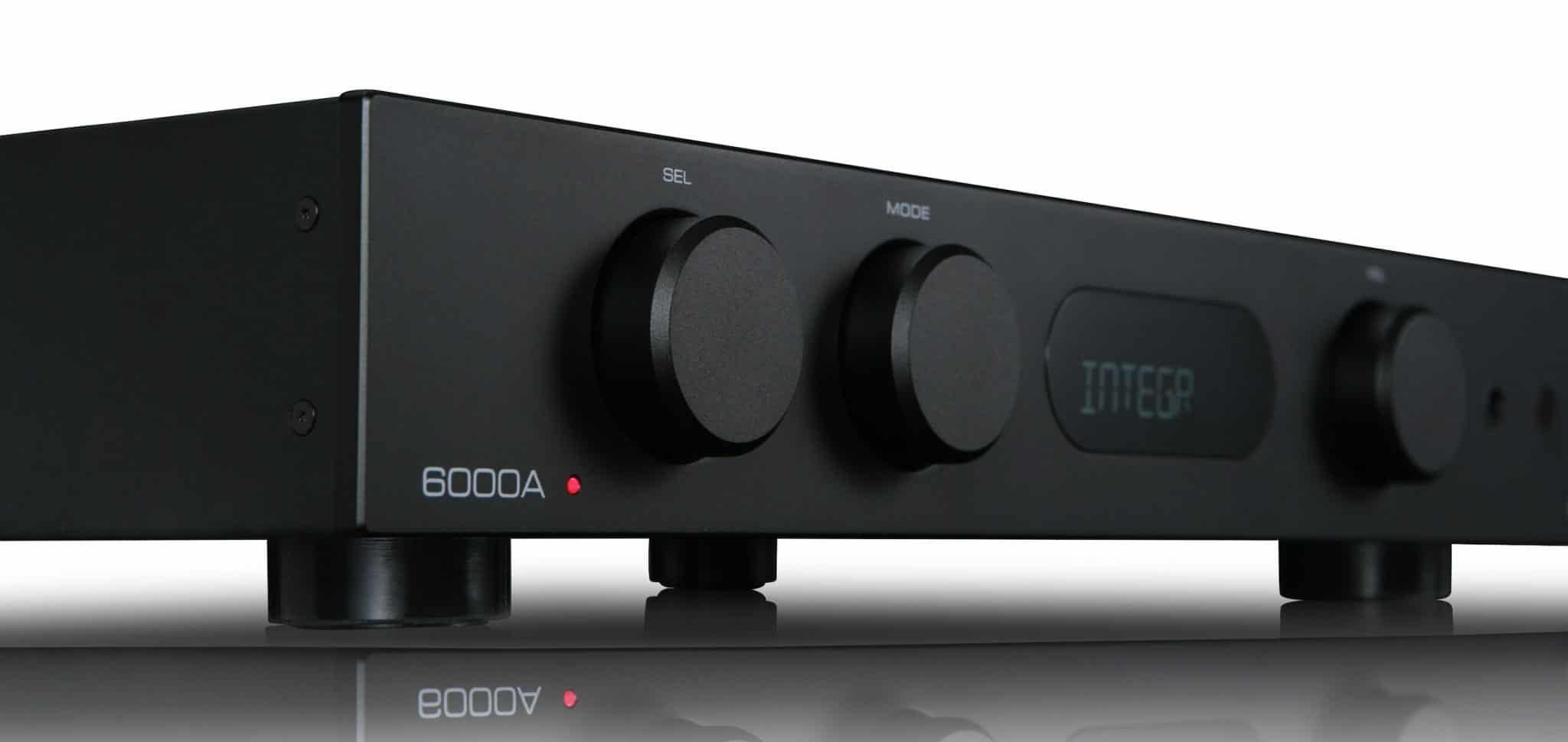
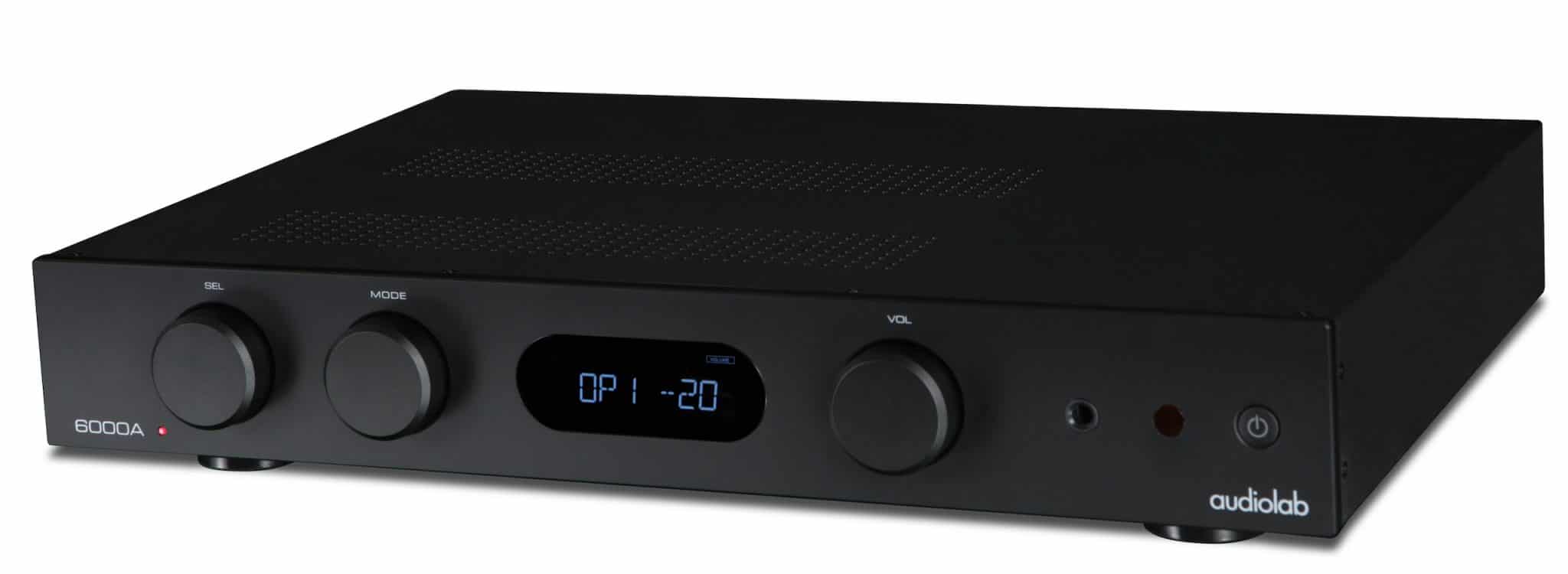
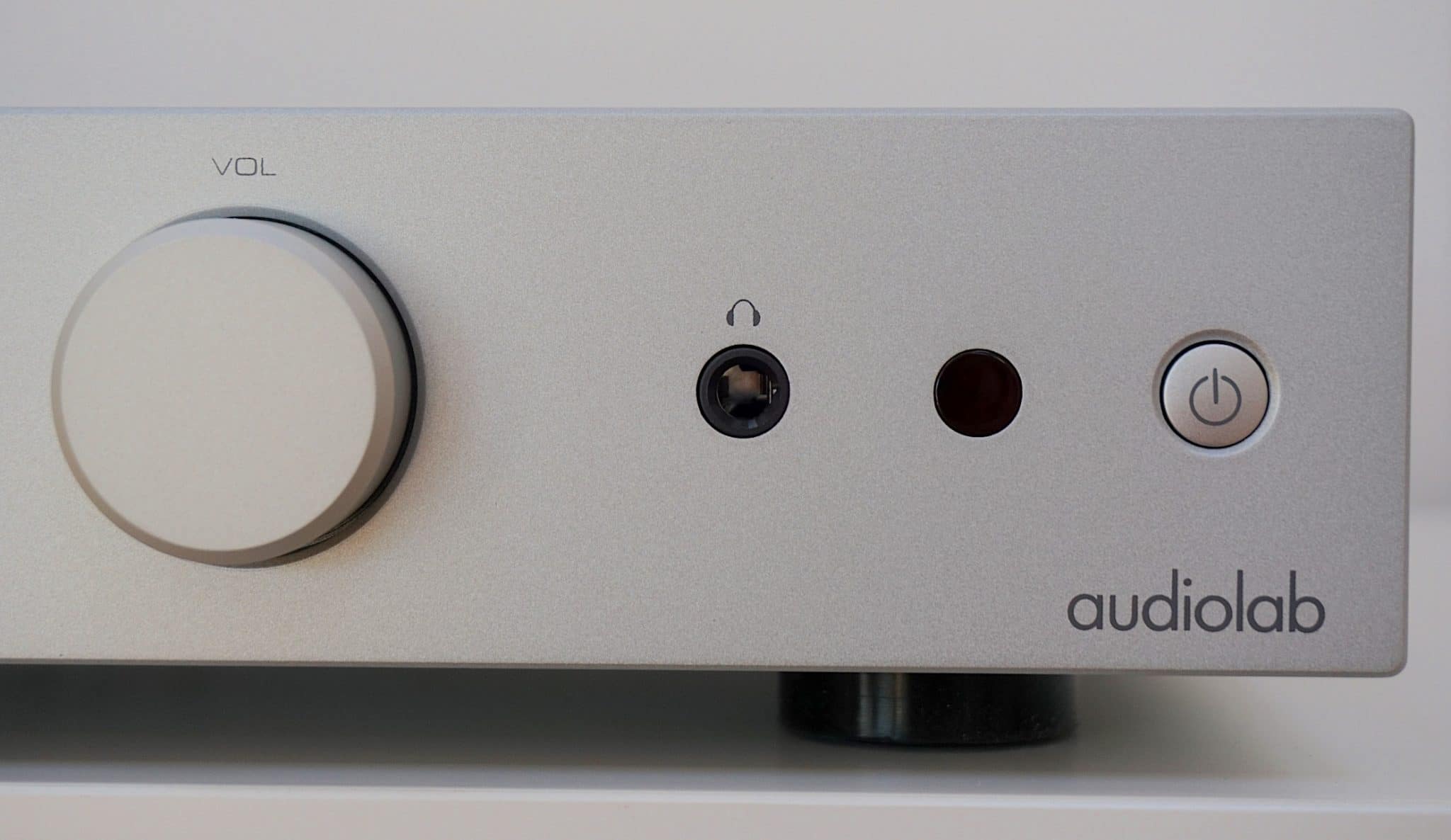
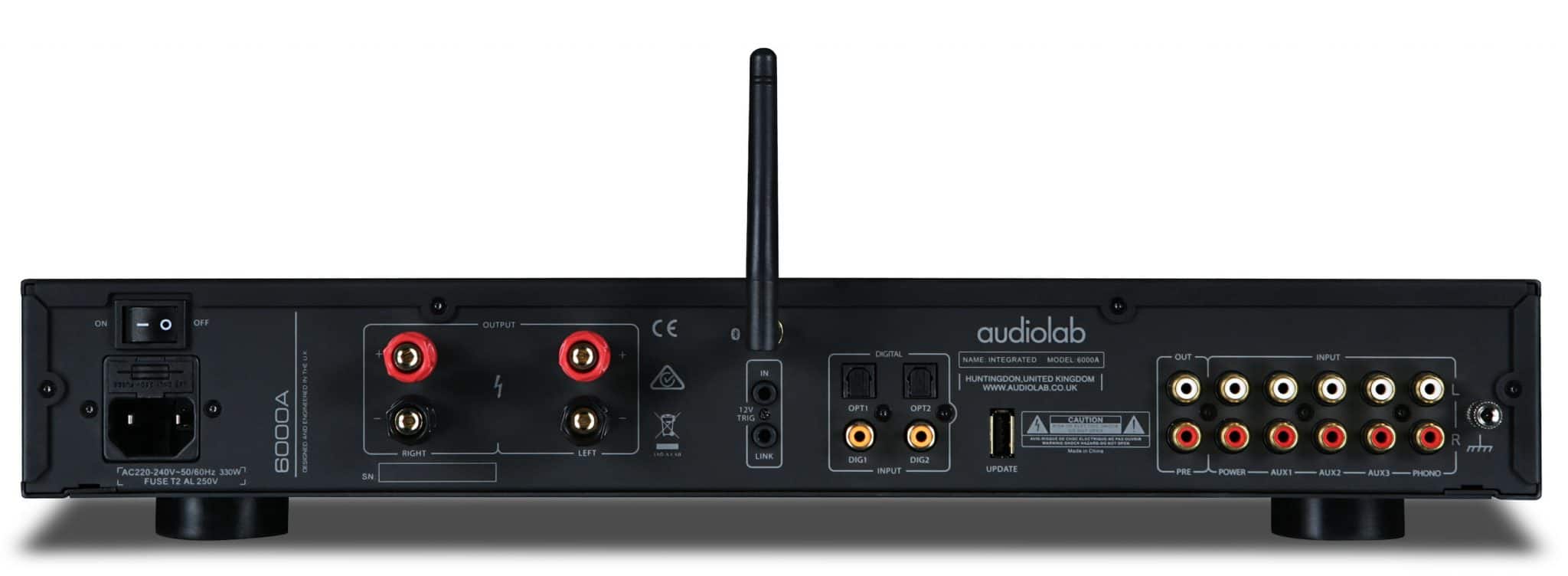

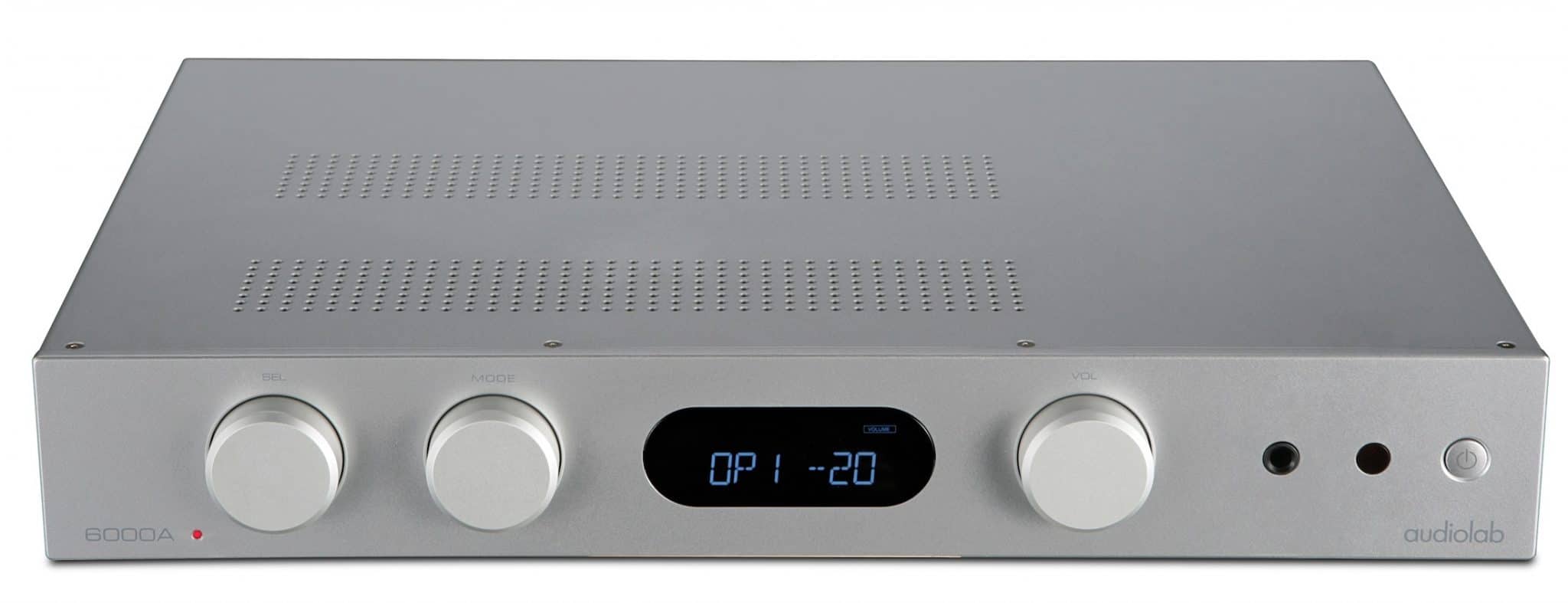
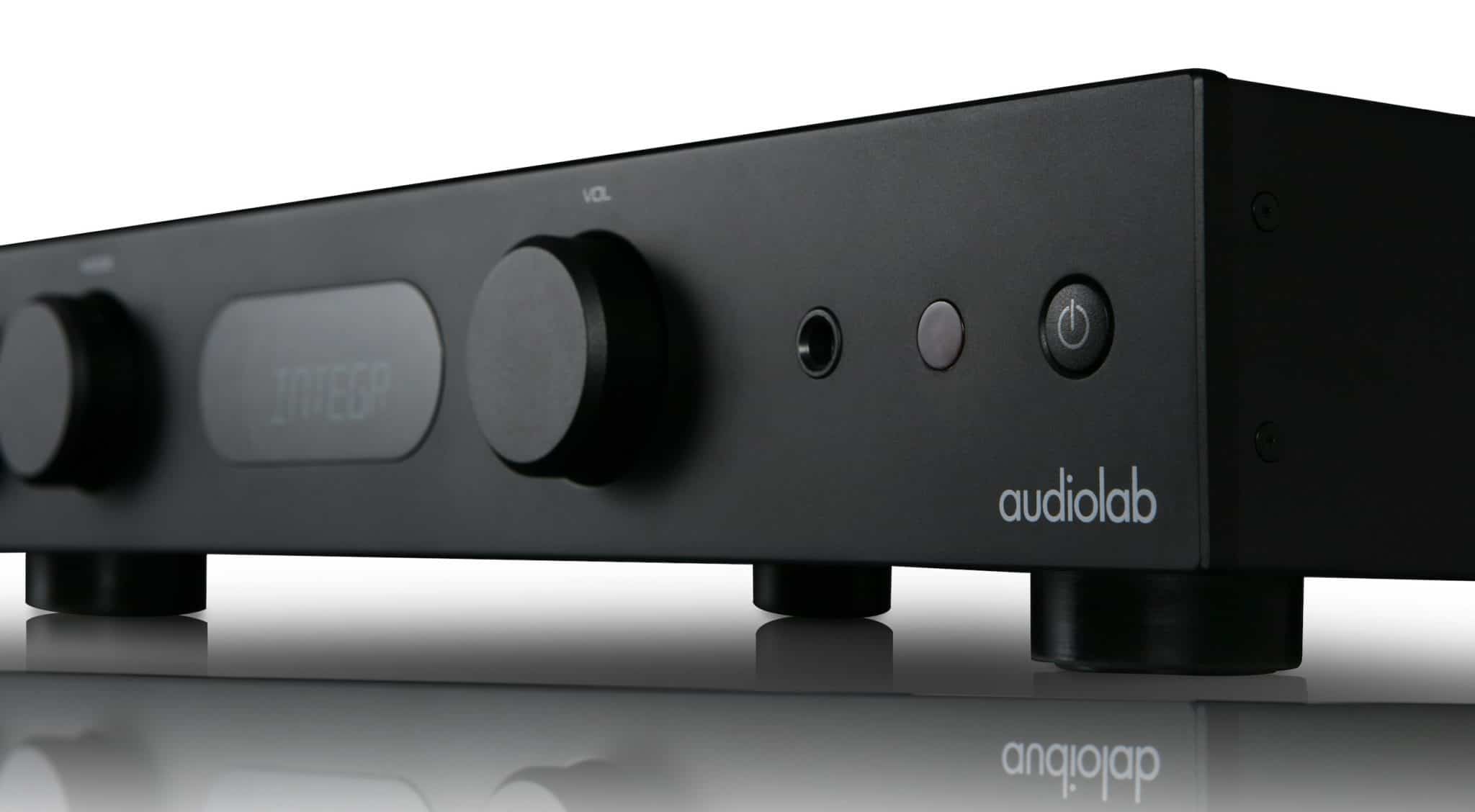
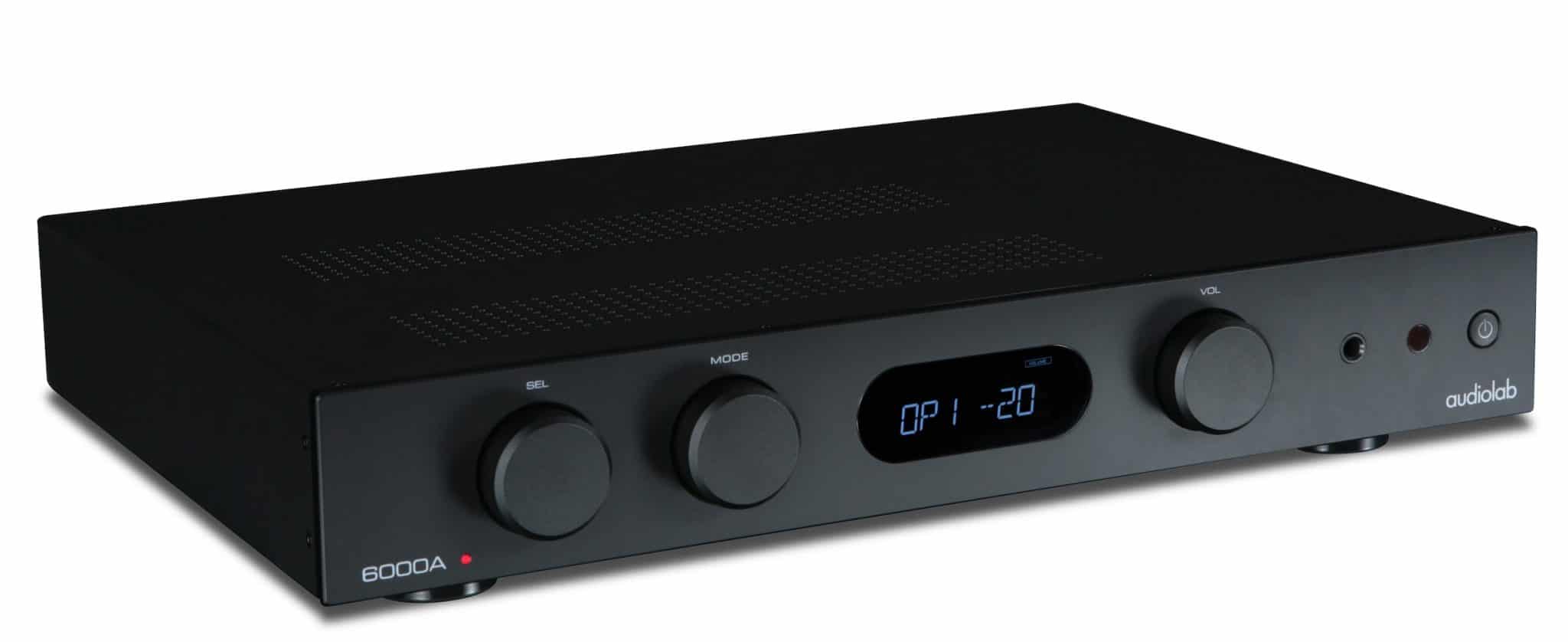



Hi Paul – thanks a lot for your inputs. I am definitely leaning toward the 6000a. However, is there a way to bypass the volume control on the 6000a as the bluesound node2i acts as the preamps. If I use the analog inputs to the 6000a does this do the job in bypassin the volume control on the 6000a? Much appreciate your inputs.
I would plug the 2i into the 6000A and let the 6000A be the preamp for the 2i.
Thanks Paul, to do this i would need to use digital out from the 2i?
I’m guessing if i use the rca interconnects the 2i would be the pre amp and volume control in the setup?
Coax would be best, yes because the 6000A has some special, low noise, attention given to this port which enhances sound quality.
Hi Paul, sorry to add to the already massive comments chain! I found your reviews really helpful in deciding to replace my old NAD C350-based setup with an Audiolab 6000a and 6000cdt.
I’m left with my old B&W 601 S3 speakers, which are maybe due for replacement as well after 20-odd years. I’ve noticed that the Spendor A1 speakers that you often partner with the 6000a have quite a low sensitivity Рwould this imply that they sound good at lower volumes? I’m willing to sacrifice a bit of volume at the upper end if it means that I can enjoy myself without upsetting my neighbours/waking my kids. Any other recommendations for speakers that would work well with the 6000a at lower volumes?
Second question, if I’m allowed… I see you often advocate for an external DAC to make the most of the 6000cdt. Would the Audiolab M-DAC be a worthwhile upgrade over the 6000a’s internal DAC? Let’s assume I can find a used one for under £500, should I go for it?
Thanks for a really enjoyable website and YT channel.
Thanks for your kind words, Mark. The Spendors work well for me in the listening space I have, with the 6000A. I would encourage you to arrange a quick home demo with your dealer to check your listening room and to make sure the volume is sufficient for you. Home demos are more common because of the Covid thing so your dealer (if he’s smart) should be happy to help (if might involve you putting down a deposit or some such). As for the second question? Yes.
Hi, Paul, and thanks for the review. My old NAD C340 has finally given up the ghost, and I’m looking for a replacement, and the Audiolab 6000A is one of the options I’m considering. A couple of years back I acquired a pair of Tannoy XT8Fs (probably a bit too big for the C340.) At the risk of asking you to repeat yourself, did you say that the 6000A would work well with the XT8Fs? Or should I consider a different amplifier (or different speakers)? Tbh most of my separates are fairly basic (ProJect Debut turntable, Pioneer PDR609 CD player/recorder..) Any advice would be much appreciated!
Hi Nick – in techie terms you should have no issues there.
Hi Paul,
Thank you for your very detailed reviews.
I have ordered the 6000A and I have so far two preferences in terms of speakers: Spendor A2 and Dali Rubicon 2. Tough question probably, but which one would be the best match with Audiolab? I am mostly a jazz and soul listener (with sometimes classical solo pieces). My room is rather large (8 x 5 meters) but I have neighbors with whom I do not want ro be in trouble. 🙂 Thank you.
Stephane
A tough one because of the size differences. The A2s will provide better bass response, the Dalis are nimble, agile and pacey. Either should work well.
Hi Paul. Reading up on 6000A and CDT while waiting for mine to arrive. Currently using Polk S60’s with a 26 yo Pioneer 40 wpc for music and 20 yo Denon 80 wpc AVR for tv via optical. Chose the Audiolab combo as a modern day upgrade. Really enjoy sound of Pioneer vs Denon for music and anticipating the 6000A would at least sound as good, hopefully better. Main source of listening would be iPhone via Bluetooth, cd’s, and lastly tv. Where I live limits me to research only without auditioning gear beforehand. Will this 6000A and CDT combo be a step up or sideways? I also have a SVS PB1000 for movies. Any comments would be appreciated. Cheers!
Hi Marc,
Up.
Next question 🙂
A further upgrade, when you can, will be an external DAC for the CDT.
Thanks for the prompt reply and confirmation, Paul! Any DAC in particular you recommend?
Got a budget figure, Marc?
I was assuming that the built in DAC of 6000A was decent enough but if not, probably around $300-$500 range.
I would look at the DAC range from Schiit and get the best one you can afford.
Hi Paul. 6000A and CDT arrived… definitely noticed a cleaner/refined difference in highs and overall sound but bass isn’t there anymore. Ended up bi-amping polks using pre out to line in… 6000A for highs and pioneer for lows. Am able to blend using volume and tone controls of pioneer and what a big difference. I finally see some movement on Polk woofers (“,) Haven’t bothered hooking up sub yet as there’s really no need anymore.
Glad to hear that the new additions are working for you, Marc. Thanks for the update.
Thanks for this great review Paul. I’m a bit new to all this and have been really enjoying your channel and FB page. I’m swithering between getting the Audiolab 6000a or Rega Brio to add to my Rega P2, Marantz CD player and Monitor Audio Bronze speakers (looking to upgrade those next). I’ve heard and liked both amps – although not side by side – and can’t decide between a bit more functionality with the Audiolab and the more dedicated phono performance of Brio. It’s mainly vinyl I listen to but would ideally like to play CD’s and stream from laptop too. Will it be better quality all round to add DAC and bluetooth to Brio separately? Any advice very welcome.
Both amps are excellent Graham. If you have enjoyed the Brio then, by all means, go for that. That said, an external phono amp (and DAC) will offer superior sonics. I prefer the 6000A for its tonal balance but I could easily live with either.
Hello Paul,its a great review, easy to understand even for a newbie like me. I was planning to get a AV receiver of Marantz NR1050 with a subwoofer and Mission LX-2, however I realized my use for music is more than movies therefore considering a good AMP which can last many years and give me better quality sound for music compared to a AVR (plz correct me if I am wrong). Will this combination of 6000A Mission QX-2 be better compared to the AVR setup?
How would the 6000A pair with a pair Mission QX-2?
Yes. Is the short answer, Sarkar. The pair will work well together.
Great review, thanks!
Do you know if it’s possible to connect this amp (or the 6000a play) to a TV and use a universal remote (i.e. the TV remote) to control the volume?
Thanks 🙂
Hi Andy – you can connect the 6000A via the optical port. That should be fine. I have heard of people configuring the Sky Q remote to control the 6000A’s volume so it should be possible, yes.
Hi Paul great review I currently have the 6000A and am very happy with it. I’m using Monitor Audio Bronze 2 speakers and a subwoofer (Subsonic ML2 Aussie made ) however I would like to ditch the subby and return it to my surround system. The Bronze 2 are OK maybe a bit too bright and would like more controlled bass . I am considering the Wdale Evo 4.2 to replace both of them what do you think?
Hi David – what’s your budget for the speakers please and what sort of source are you using?